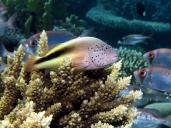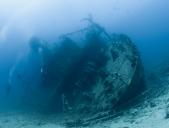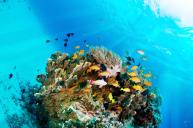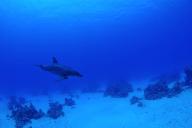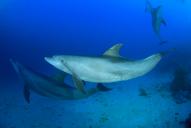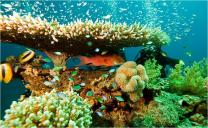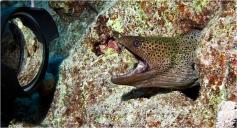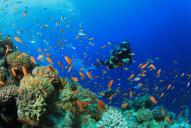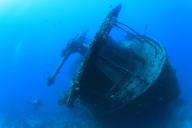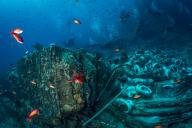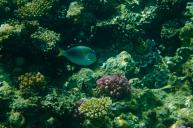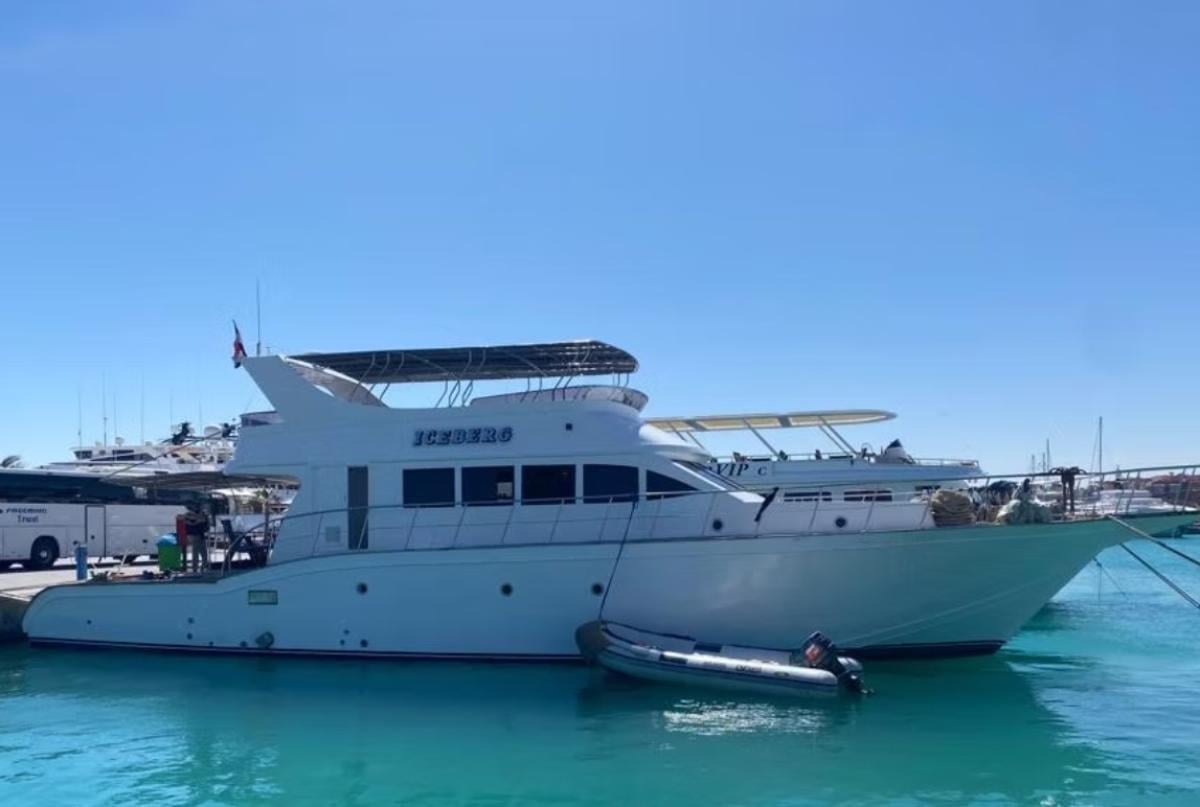
Iceberg Liveaboard, Egypt
The public areas aboard the ship are shared between an upper and lower outside deck and a cozy inside saloon. The passengers can sun on the lower deck, lounge in the shade of the upper deck, or interact in the saloon for dinner and leisure evenings. The construction provides for both social interaction and seclusion.
Meals are cooked fresh on board and include full-board meals. Lunch and snacks are served for boat guests. Special dietary needs, including vegetarian, can be arranged in advance.
Dive schedules reach into the north tip of the Red Sea. Travel halts at reef plateaus, coral gardens, and ship wrecks. Boat accommodates certified divers and snorkelers. No fee is charged for free nitrox, and crewmembers adjust the time and direction per group requirement as well as to conditions.
The boat departs from Hurghada with optional water recreational activities, including paddleboarding and snorkeling
Cabins
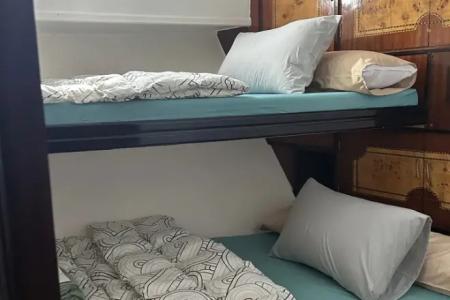
Cabin 1 & 2
Cabin 1 & 2
Cabin 1 & 2
Deck:Lower Deck
Bedding:Twin Beds (Bunk-Style)
Max occupancy:2 Guests
Number of Cabins:2 Cabins
Aircon: Yes
Cabin 1 and Cabin 2 are both equipped with two single beds of 120 cm width and air conditioning. Both share a shower room in the corridor
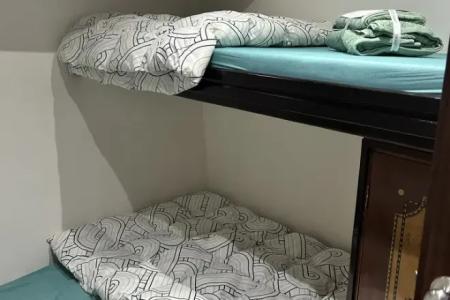
Cabin 3
Cabin 3
Cabin 3
Deck:Lower Deck
Bedding:Twin Beds (Bunk-Style)
Max occupancy:2 Guests
Number of Cabins:1 Cabin
Aircon: Yes
Cabin 3 is much smaller than the rest and is equipped with 2 beds and is air-conditioned. It also shares a shower room in the corridor
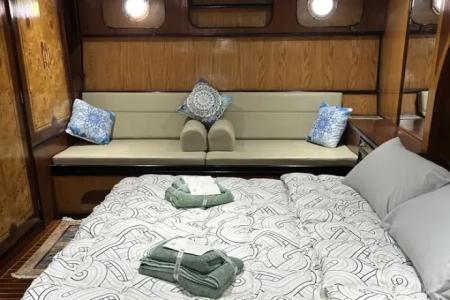
Suite
Suite
Suite
Deck:Lower Deck
Bedding:Double Bed
Max occupancy:2 Guests
Number of Cabins:1 Cabin
Ensuite Bathroom: Yes
Aircon: Yes
The suite is air-conditioned, has a large queen size bed, and is equipped with an en-suite toilet and bath
Boat Specification
Dive Facilities
- Compressors
- Dive Deck
Boat navigation & safety
Full safety
Food & Drinks
- Western Food
- Local Food
- Dietary Restrictions
- Buffet Style
- Hot & Cold Soft Drinks
Onboard Facilities
- Sun Deck
- Indoor Saloon
Frequently Asked Questions About Iceberg
What is the ideal time to scuba dive in the Red Sea?
What is the most popular Red Sea wreck dive?
What are the top features of the Abu Nuhas wrecks?
The Giannis D struck the reef in 1983 carrying timber. The wreck lies in depths of between 6 and 27 meters, with the intact stern steeply angled on the bottom, with excellent swim-throughs between the crew quarters and engine room.
The Chrisoula K, or the "Tile Wreck," went down in 1981 and still has piles of Italian tiles that can be easily seen. The wreck is 12 to 27 meters deep and has good swim-throughs. Coral life and reef fish, such as parrotfish and angelfish, are present.
The Carnatic, a much older ship that sank in 1869, carried coinage cargo for the Indian Mint. Although only the hull remains, it is clothed in soft coral and often thick with glassy sweepers. Port wine bottles can still be found inside, and dolphins are not uncommon in the area
What is the experience of guests at the Red Sea liveaboard holiday start and end?
Toward the end of the trip, the final dives are scheduled on the morning of the final day. The boat returns to Hurghada in the afternoon. Disembarkation on arrival. Divers should ensure that they will observe the advised 24-hour no-fly time after their final dive
Similar Liveaboards
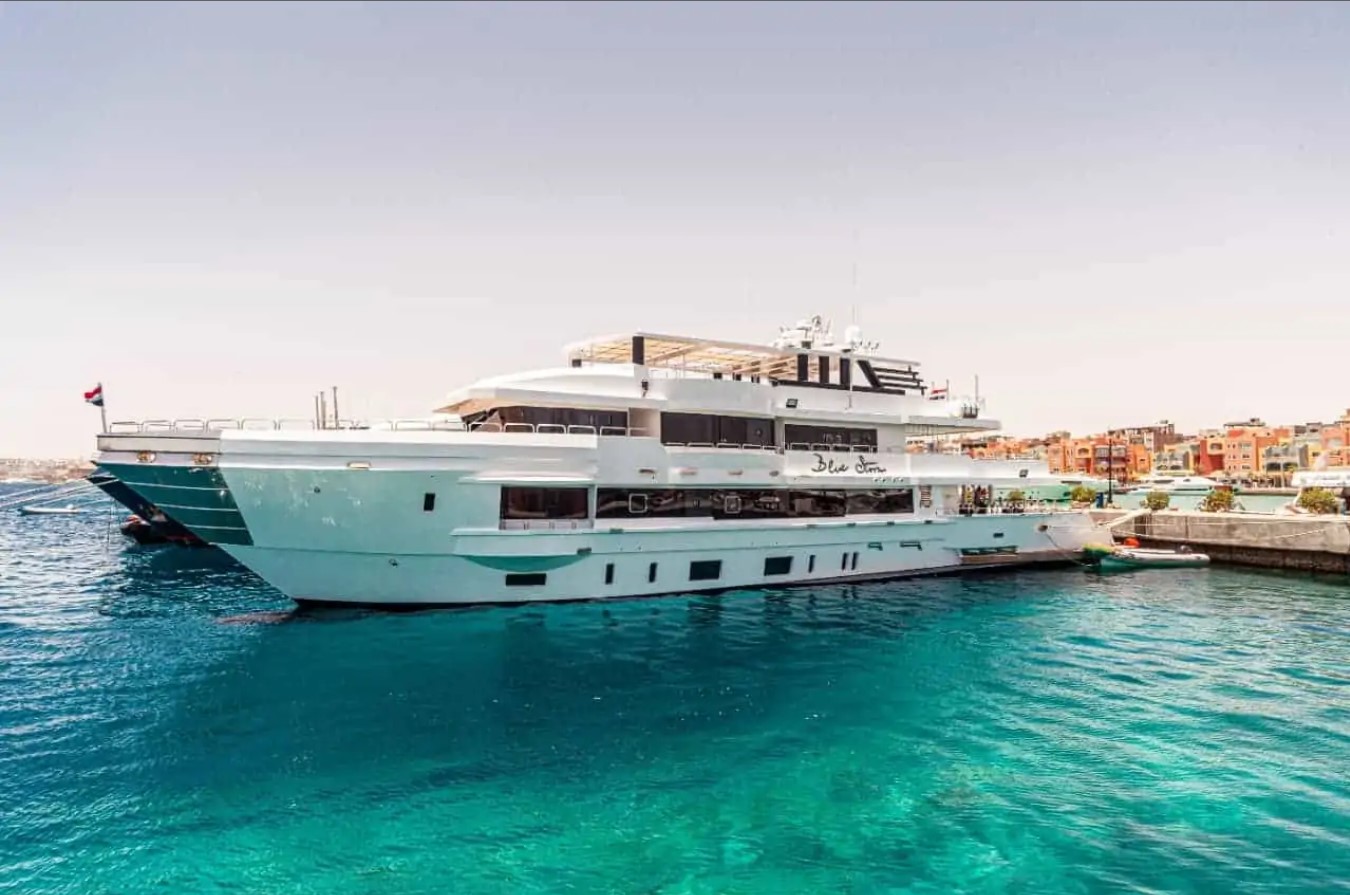 EgyptBlue Stormfrom
EgyptBlue Stormfrom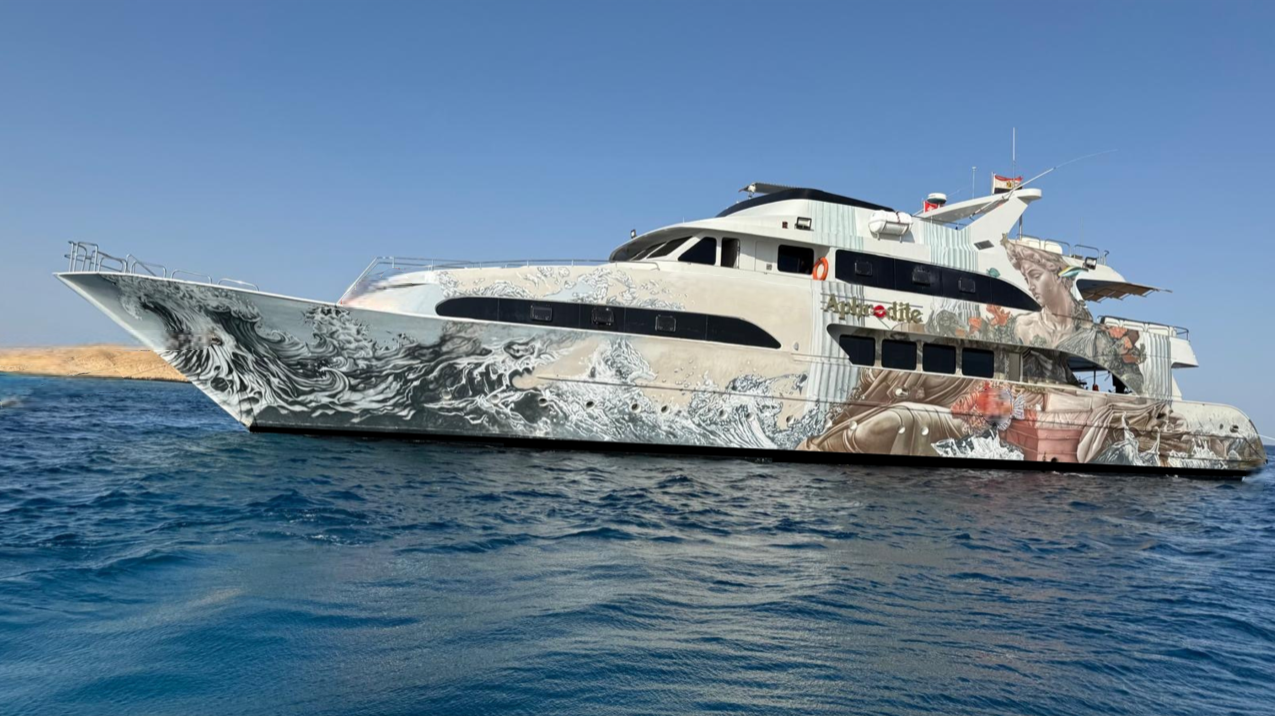 EgyptAphroditefrom
EgyptAphroditefrom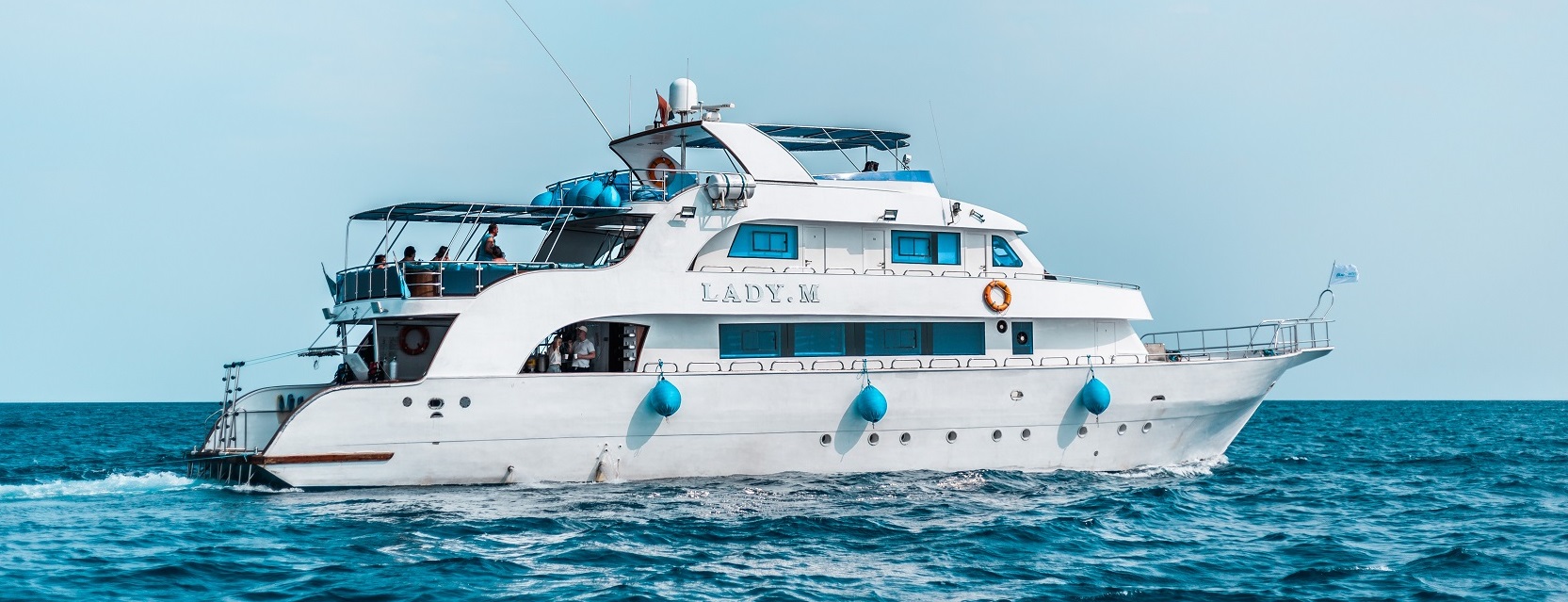 EgyptLady M
EgyptLady M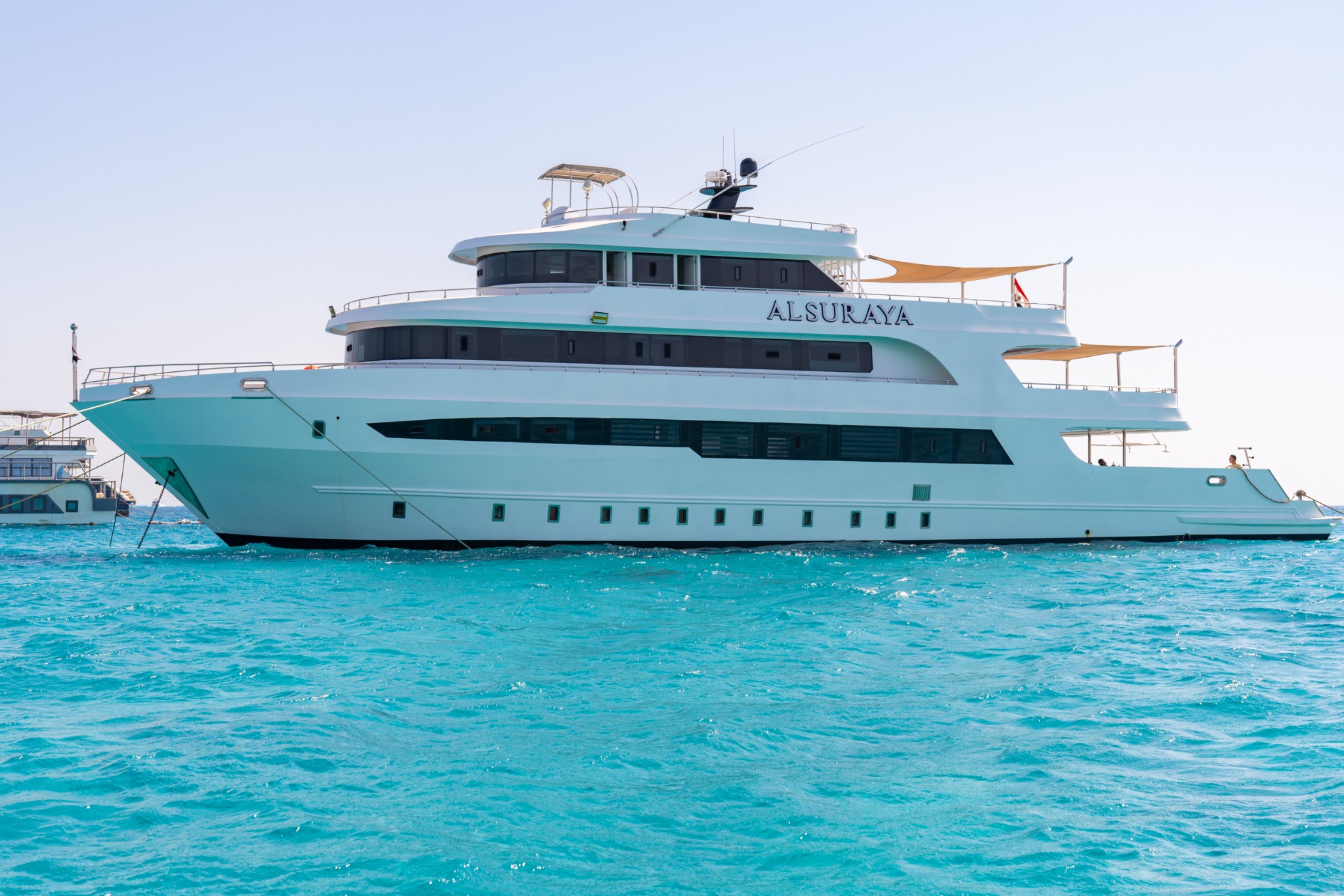 EgyptAlsurayafrom
EgyptAlsurayafrom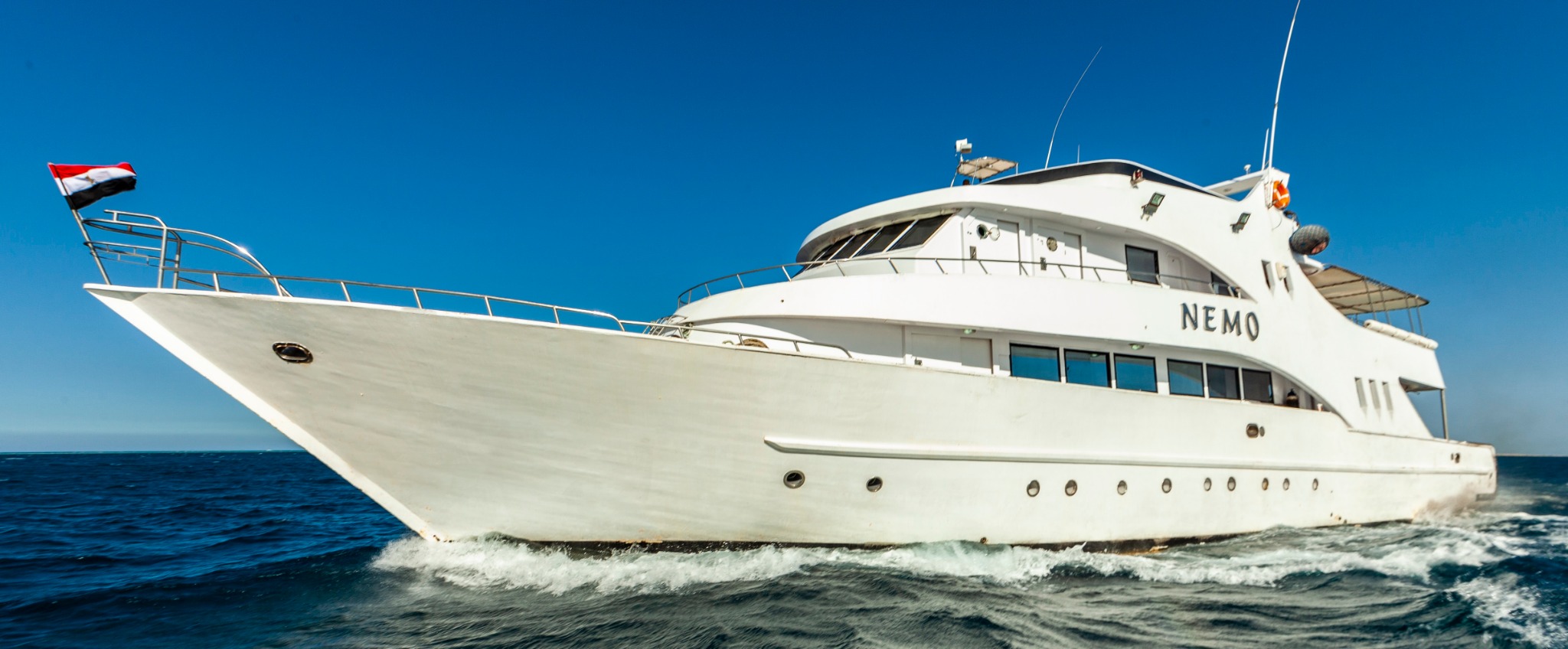 EgyptNemo
EgyptNemo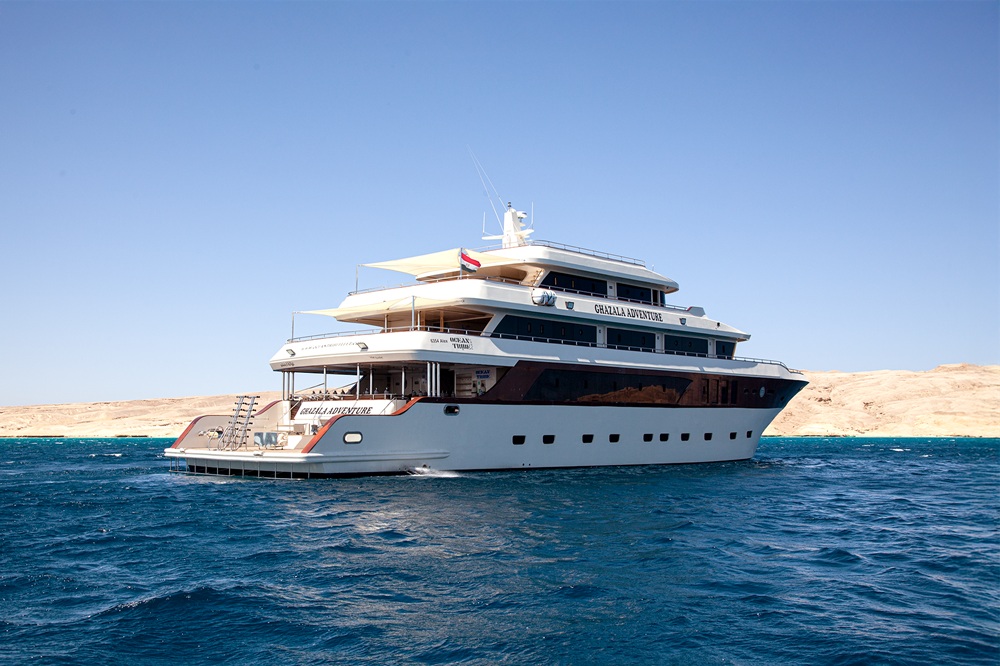 EgyptGhazala Adventurefrom
EgyptGhazala Adventurefrom EgyptSea Serpentfrom
EgyptSea Serpentfrom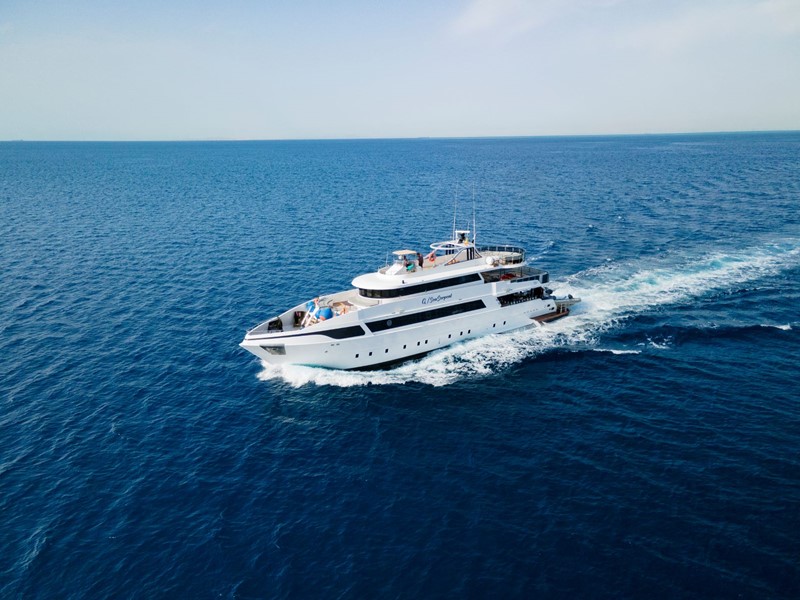 EgyptSea Serpent Serena Dreamsfrom
EgyptSea Serpent Serena Dreamsfrom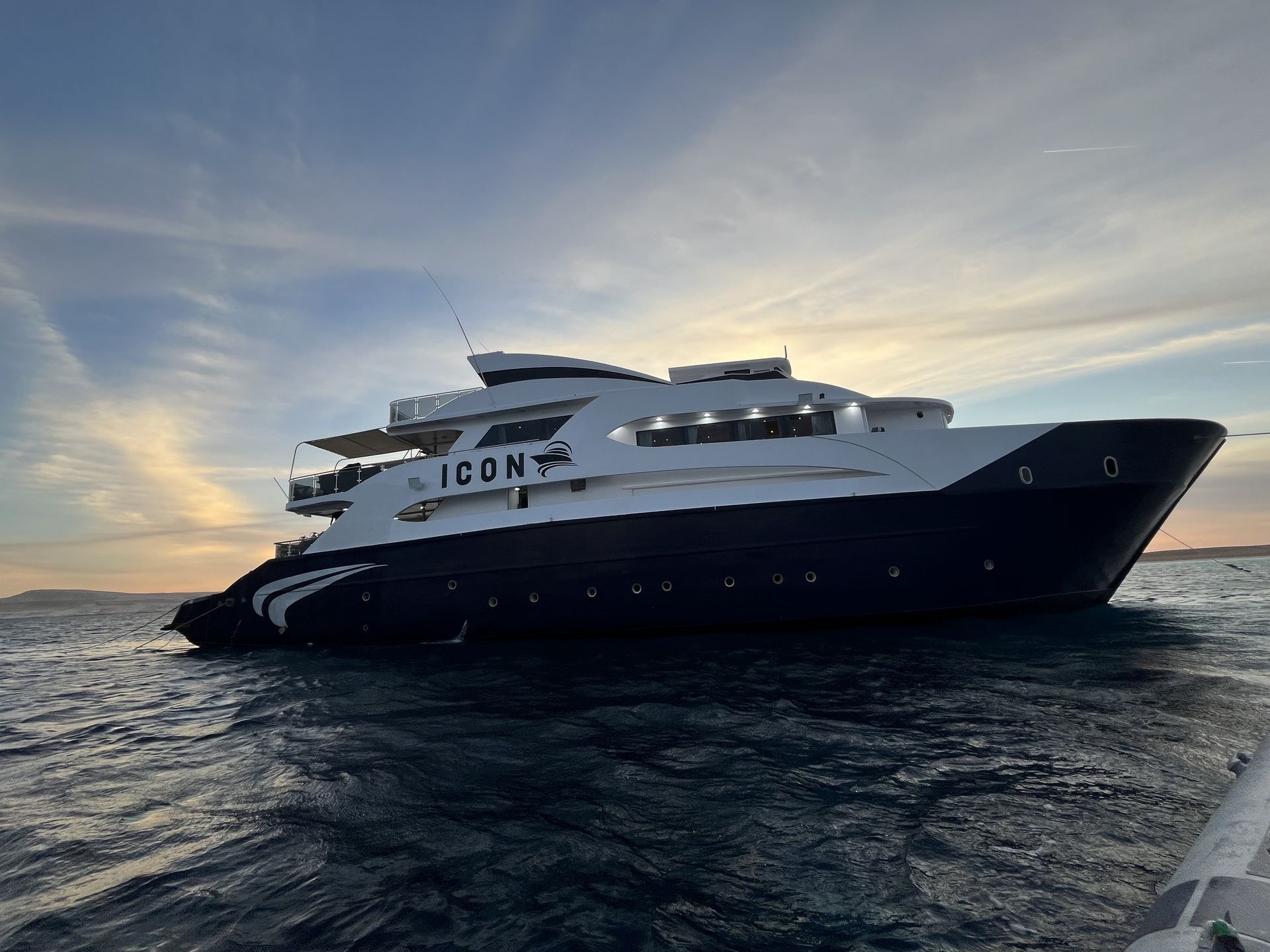 EgyptIconfrom
EgyptIconfrom EgyptEmperor Elitefrom
EgyptEmperor Elitefrom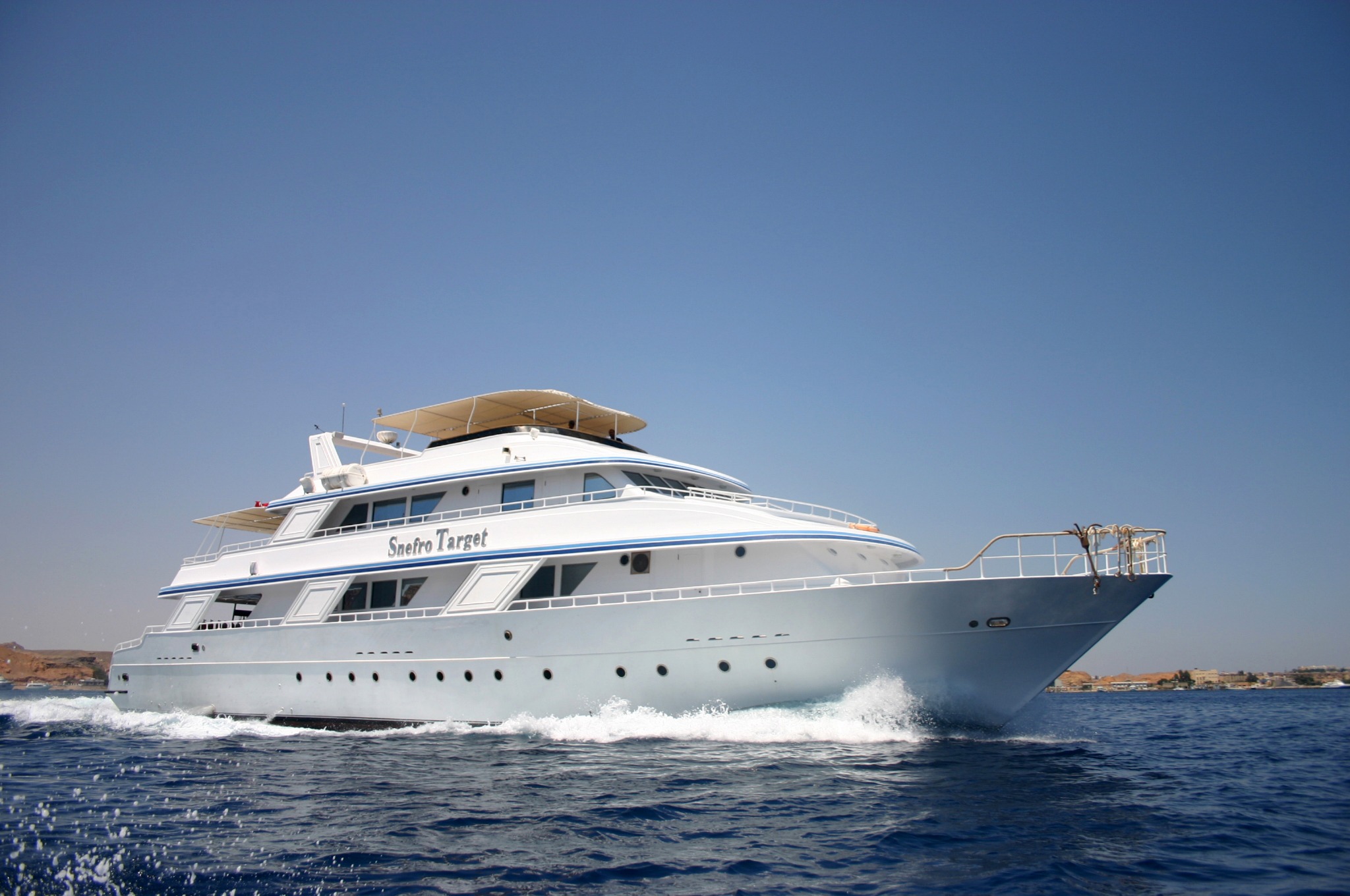 EgyptSnefro Targetfrom
EgyptSnefro Targetfrom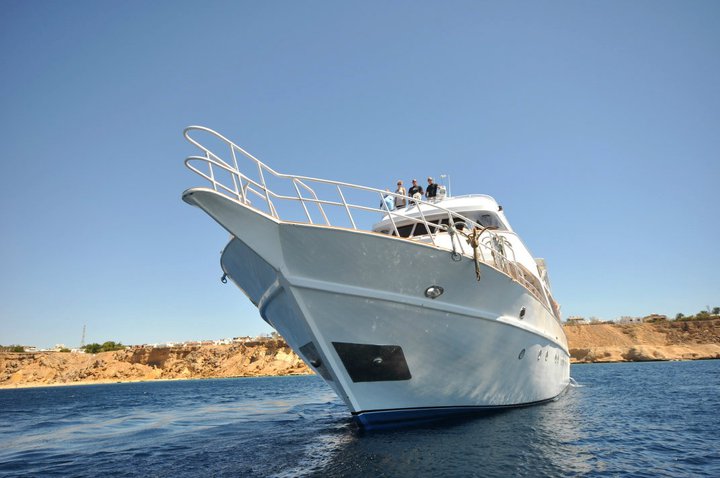 EgyptVipOne
EgyptVipOne EgyptEmperor Asmaafrom
EgyptEmperor Asmaafrom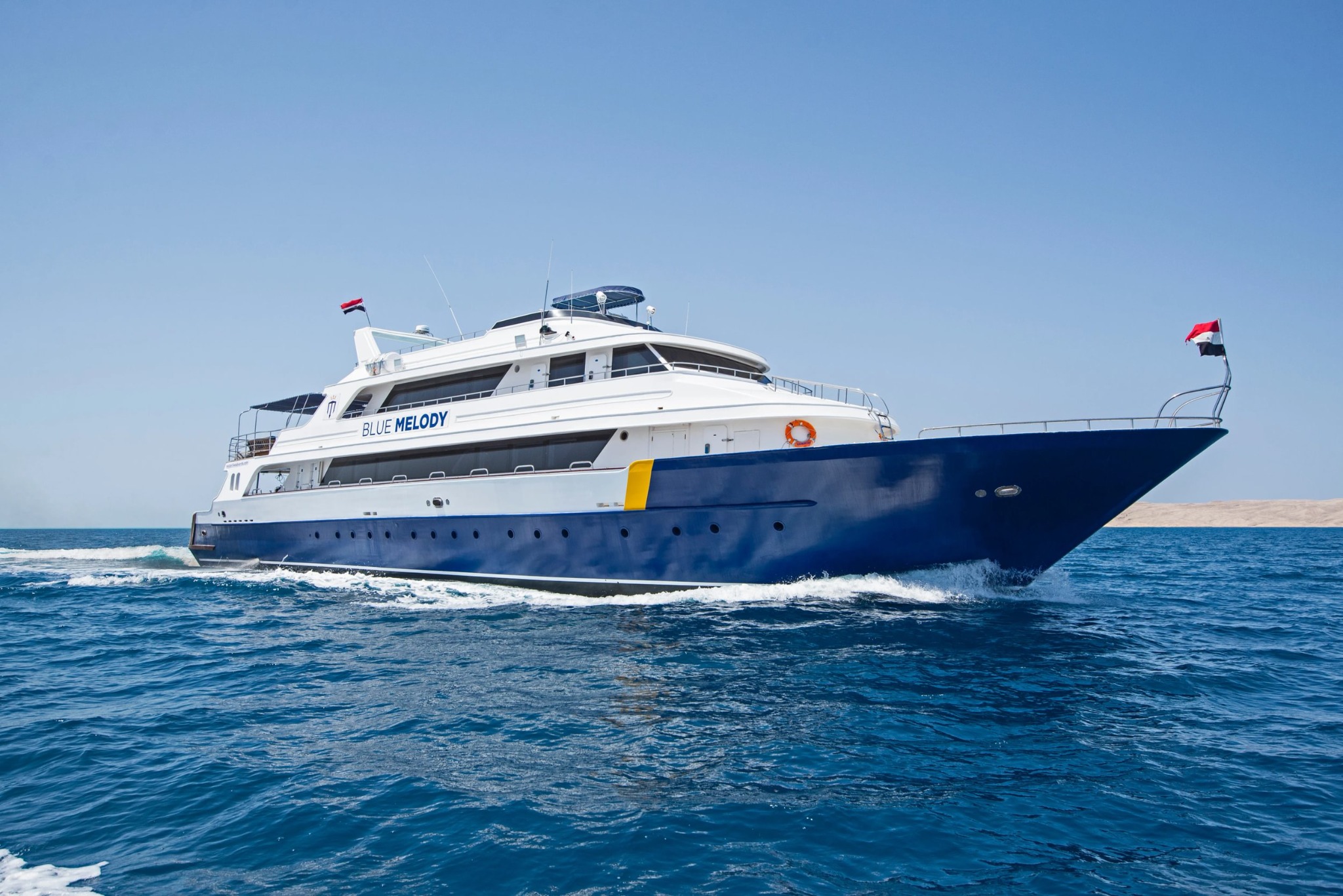 EgyptBlue Melodyfrom
EgyptBlue Melodyfrom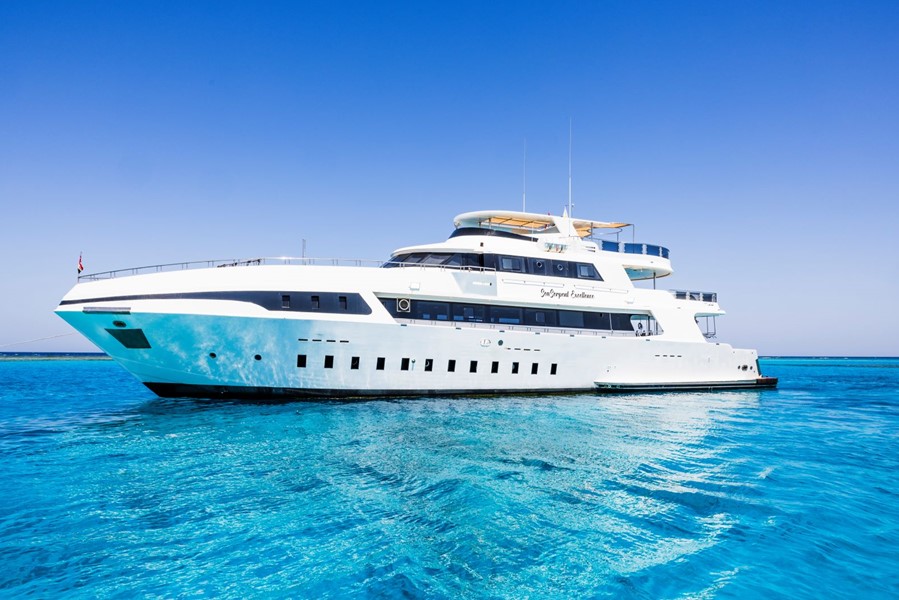 EgyptSea Serpent Excellencefrom
EgyptSea Serpent Excellencefrom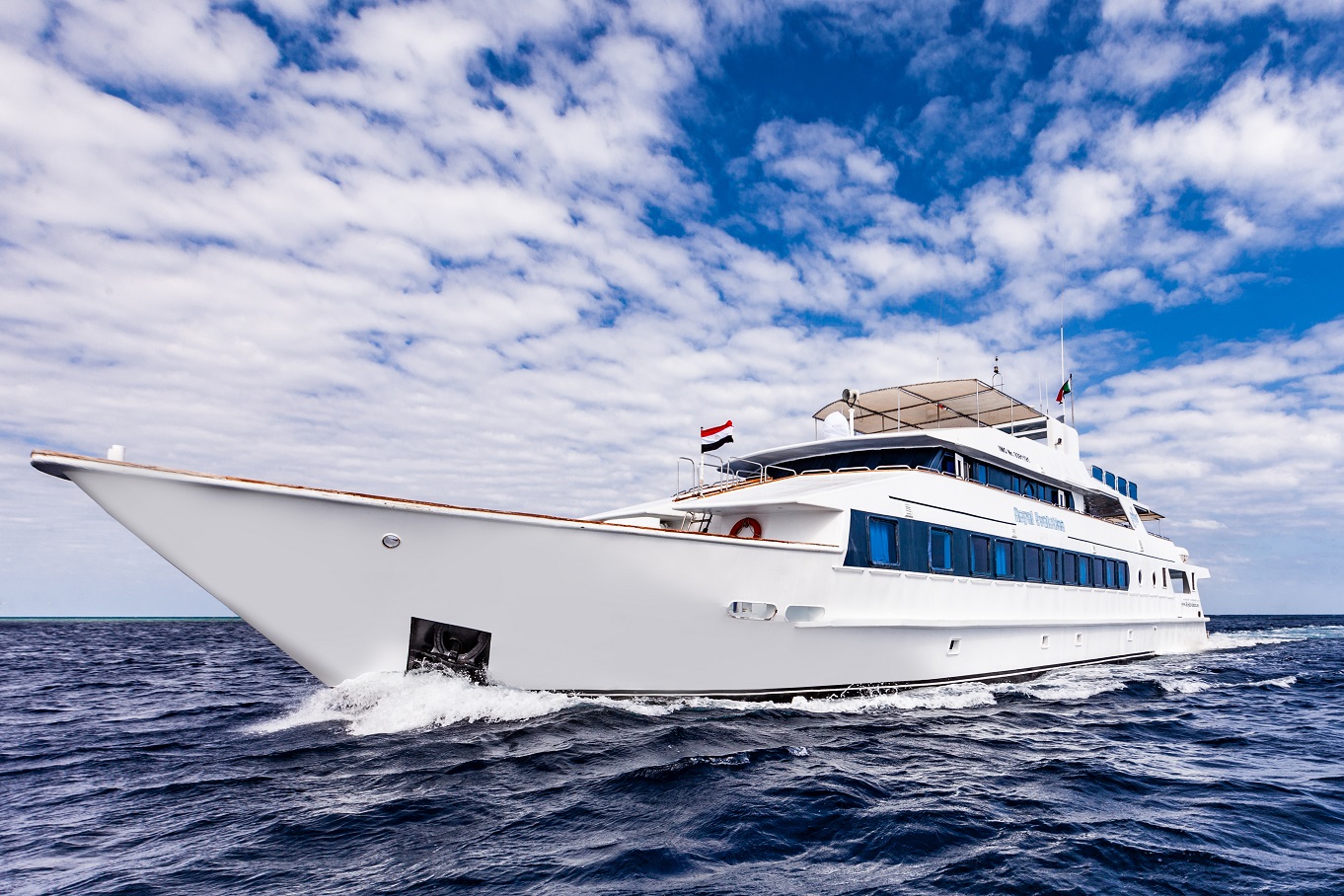 EgyptRoyal Evolutionfrom
EgyptRoyal Evolutionfrom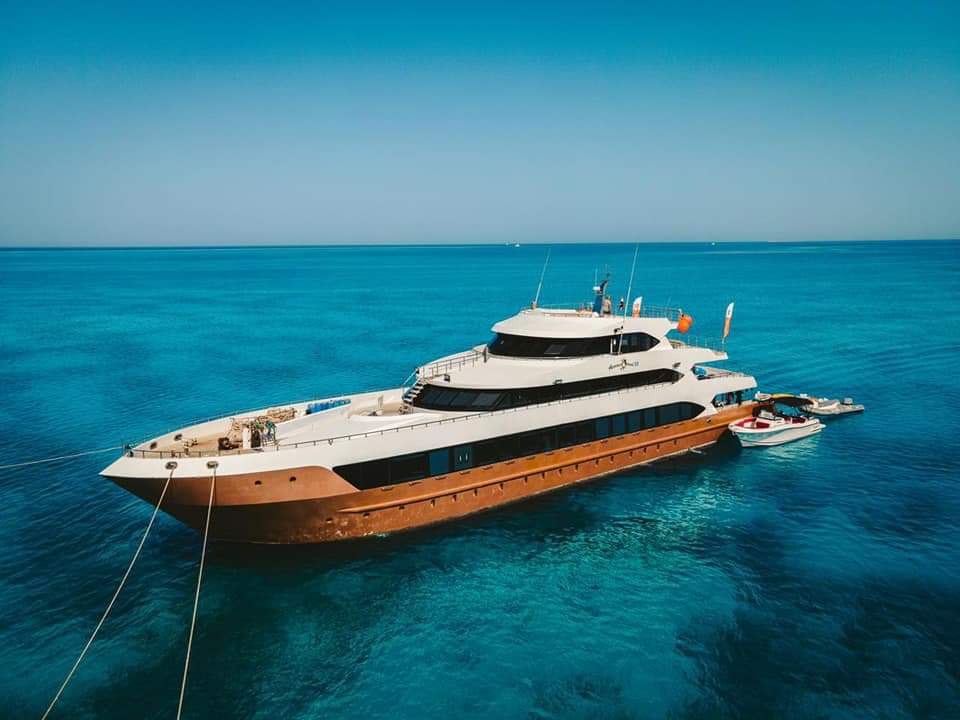 EgyptHammerhead IIfrom
EgyptHammerhead IIfrom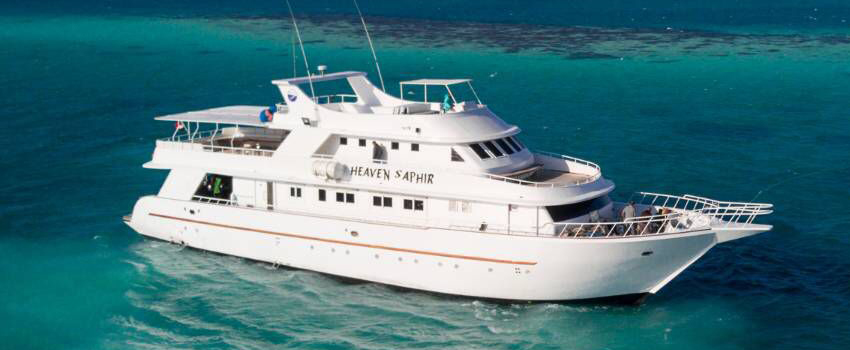 EgyptHeaven Saphirfrom
EgyptHeaven Saphirfrom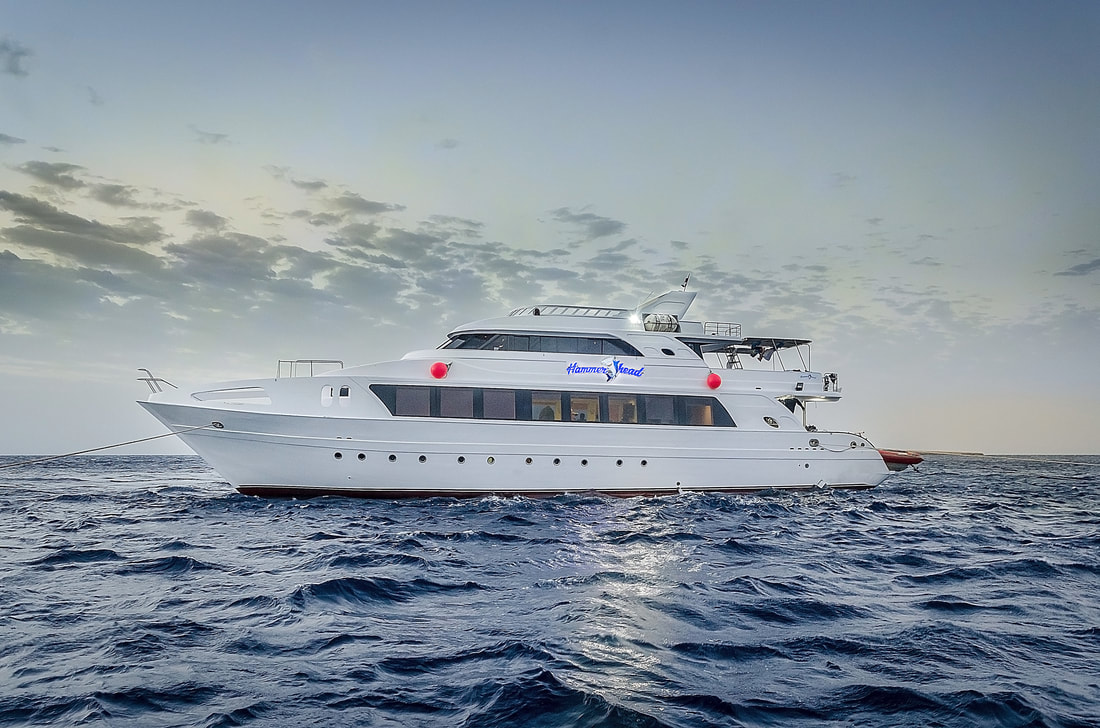 EgyptHammerhead I
EgyptHammerhead I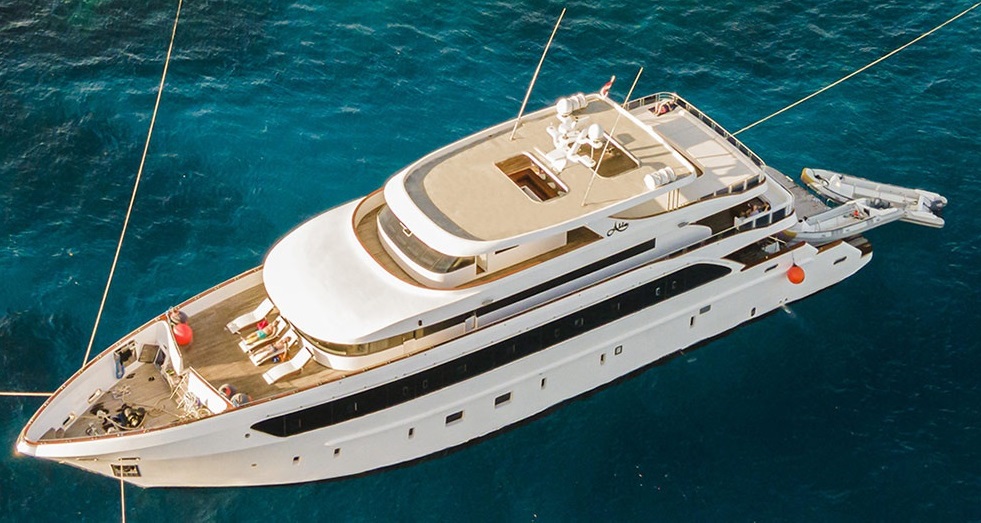 EgyptDune Silkyfrom
EgyptDune SilkyfromIceberg Liveaboard Itineraries
Hurghada North (3 nights) (Hurghada-Hurghada)
Included
- Airport Transfer
- Hotel Transfer Hurghada (15km around)
- Drinking Water
- Soft drinks, Tea & Coffee
- Full-Board Meal Plan (All meals)
- Snacks
- Diving Package
- Night Dives
- Nitrox
- Beach Towels
- Cabin Towels
- Complimentary Toiletries
- Deck Towels
- WiFi internet
- Nitrox
- Free short-term DAN diving insurance (upon request)
Obligatory surcharges
- Environment Tax & Park Fees: 85EUR per trip, to be paid on board
Extra cost
- Gratuities (50 to 90 EUR per trip/per guest)
- Alcoholic Beverages
- Wine with Dinner
- 15 Liters tank: 5EUR per day, to be paid on board
- BCD: 20EUR per trip, to be paid on board
- Booties: 20EUR per trip, to be paid on board
- Complete Equipment Rental: 120EUR per trip, to be paid on board
- Diving computer: 20EUR per trip, to be paid on board
- Diving Suit: 20EUR per trip, to be paid on board
- Fins: 20EUR per trip, to be paid on board
- Mask: 20EUR per trip, to be paid on board
- Regulator: 20EUR per trip, to be paid on board
- SMB: 20EUR per trip, to be paid on board
- Torch: 20EUR per trip, to be paid on board
- PADI Open Water Certification (equipment not included): 260EUR per item, to be paid in advance
- PADI Nitrox Course: 145EUR per item, to be paid in advance
- PADI Advance Open Water certification (equip. not included): 180EUR per item, to be paid in advance
- PADI Wreck Diver course: 180EUR per item, to be paid in advance
- PADI Deep Diver Course: 187EUR per item, to be paid in advance
- PADI Peak Performance Buoyancy: 129EUR per item, to be paid in advance
- ReActivate - Refresh: 120EUR per item, to be paid on board
- Dive Insurance: 7EUR per trip, to be paid on board
- Extra Dive: 20EUR per item, to be paid on board
- Private Guide: 55EUR per day, to be paid in advance
- Snorkeling Guide: 35EUR per day, to be paid in advance
- LUXOR After Diving Trip - 2 days - 1 night: 295EUR per item, to be paid in advance
Program
Day 1:
Arrival on board, check-in, equipment setup and dinner on board.
Day 2:
Departure, 2 dives + night dive
Day 3:
3 dives + night dive.
Day 4:
2 dives and back to the marina, check out.
Routes can be affected by adverse weather conditions and unforeseen events, force majeure, or other similar reasons (Please note that night dives are not allowed in Marine Parks)
- The trip begins in Hurghada and ends in Hurghada;
- The closest airport is Hurghada Intl (HRG);
- Pickup time at the airport is according to your flights;
- Give yourself enough time to go through immigration and pick up your bags;
- A representative will be waiting for you at the arrival hall;
- Hotel pickup time is in the afternoon the day prior to departure;
- You can check in on the boat as of 4:30 pm the day prior to departure;
- The boat departs Hurghada in the morning at 08:30 am
- Your last dives will be on the last day in the morning;
- It is your responsibility to ensure you respect the 24-hour no-fly time after your last dive;
- The boat docks back in Hurghada in the afternoon on the last day;
- Check-out or disembarkation is at the arrival of the last day
Full Charter Request (5 nights) (Hurghada-Hurghada)
Included
- Airport Transfer
- Hotel Transfer
- Drinking Water
- Soft drinks, Tea & Coffee
- Full-Board Meal Plan (All meals)
- Snacks
- Diving Package
- Night Dives
- Nitrox
- Beach Towels
- Cabin Towels
- Complimentary Toiletries
- Deck Towels
- WiFi internet
- Nitrox
- Free short-term DAN diving insurance (upon request)
Extra cost
- Gratuities (50 to 90 EUR per trip/per guest)
- Alcoholic Beverages
- Wine with Dinner
- BCD Per day: 5EUR per diving day, to be paid on board
- Dive Computer per Day: 5EUR per diving day, to be paid on board
- Diving suit per day: 5EUR per day, to be paid on board
- Finns per day: 5EUR per day, to be paid on board
- Booties per day: 5EUR per day, to be paid on board
- Mask per day: 5EUR per day, to be paid on board
- SMB: 5EUR per day, to be paid on board
- Regulator: 5EUR per day, to be paid on board
- Torch: 5EUR per day, to be paid on board
- 15 Liters tank: 5EUR per day, to be paid on board
- Dive Insurance: 7EUR per trip, to be paid on board
- Extra Dive: 20EUR per item, to be paid on board
- Private Guide: 55EUR per day, to be paid in advance
- Snorkeling Guide: 35EUR per day, to be paid in advance
- LUXOR After Diving Trip - 2 days - 1 night: 295EUR per item, to be paid in advance
- Diving Guide Charter Rental: 55EUR per day, to be paid in advance
Program
Day 1:
Meet & greet at the airport. Group transfer to the port. Onboarding, meeting the crew & briefing.
Days 2-4:
Departing & check dive. Safari according to the planned route.
Day 5:
2 dives on the last day. Return to the port.
Day 6:
Check-out from the yacht, group transfer to the airport.
Routes can be affected by adverse weather conditions and unforeseen events, force majeure or other similar reasons (Please note, that night dives are not available in Marine Parks)
- The trip begins in Hurghada and ends in Hurghada;
- The closest airport is Hurghada Intl (HRG);
- Pickup time at the airport is according to your flights;
- Give yourself enough time to go through immigration and pick up your bags;
- A representative will be waiting for you at the arrival hall;
- Hotel pickup time is in the afternoon the day prior to departure;
- You can check in on the boat as of 4:30 pm the day prior to departure;
- The boat departs Hurghada in the morning at 08:30 am
- Your last dives will be on the last day in the morning;
- It is your responsibility to ensure you respect the 24-hour no-fly time after your last dive;
- The boat docks back in Hurghada in the afternoon on the last day;
- Check-out or disembarkation is at the arrival of the last day
Hurghada North (4 nights) (Hurghada-Hurghada)
Included
- Airport Transfer
- Hotel Transfer
- Drinking Water
- Soft drinks, Tea & Coffee
- Full-Board Meal Plan (All meals)
- Snacks
- Diving Package
- Night Dives
- Nitrox
- Beach Towels
- Cabin Towels
- Complimentary Toiletries
- Deck Towels
- WiFi internet
- Nitrox
- Free short-term DAN diving insurance (upon request)
Obligatory surcharges
- Environment Tax & Park Fees: 85EUR per trip, to be paid on board
Extra cost
- Gratuities (50 to 90 EUR per trip/per guest)
- Alcoholic Beverages
- Wine with Dinner
- 15 Liters tank: 5EUR per day, to be paid on board
- Complete Equipment Rental: 150EUR per trip, to be paid on board
- BCD: 25EUR per trip, to be paid on board
- Booties: 25EUR per trip, to be paid on board
- Diving computer: 25EUR per trip, to be paid on board
- Diving Suit: 25EUR per trip, to be paid on board
- Fins: 25EUR per trip, to be paid on board
- Mask: 25EUR per trip, to be paid on board
- Regulator: 25EUR per trip, to be paid on board
- SMB: 25EUR per trip, to be paid on board
- Torch: 25EUR per trip, to be paid on board
- PADI Open Water Certification (equipment not included): 260EUR per item, to be paid in advance
- PADI Nitrox Course: 145EUR per item, to be paid in advance
- PADI Advance Open Water certification (equip. not included): 180EUR per item, to be paid in advance
- PADI Wreck Diver course: 180EUR per item, to be paid in advance
- PADI Deep Diver Course: 187EUR per item, to be paid in advance
- PADI Peak Performance Buoyancy: 129EUR per item, to be paid in advance
- ReActivate - Refresh: 120EUR per item, to be paid on board
- Dive Insurance: 7EUR per trip, to be paid on board
- Extra Dive: 20EUR per item, to be paid on board
- Private Guide: 55EUR per day, to be paid in advance
- Snorkeling Guide: 35EUR per day, to be paid in advance
- LUXOR After Diving Trip - 2 days - 1 night: 295EUR per item, to be paid in advance
Program
Day 1:
Arrival on board, check-in, equipment setup and dinner on board.
Day 2:
Departure, 2 dives + night dive
Day 3:
3 dives + night dive.
Day 4:
3 dives + night dive.
Day 5:
2 dives and back to the marina, check out.
Routes can be affected by adverse weather conditions and unforeseen events, force majeure, or other similar reasons (Please note that night dives are not allowed in Marine Parks)
- The trip begins in Hurghada and ends in Hurghada;
- The closest airport is Hurghada Intl (HRG);
- Pickup time at the airport is according to your flights;
- Give yourself enough time to go through immigration and pick up your bags;
- A representative will be waiting for you at the arrival hall;
- Hotel pickup time is in the afternoon the day prior to departure;
- You can check in on the boat as of 4:30 pm the day prior to departure;
- The boat departs Hurghada in the morning at 08:30 am
- Your last dives will be on the last day in the morning;
- It is your responsibility to ensure you respect the 24-hour no-fly time after your last dive;
- The boat docks back in Hurghada in the afternoon on the last day;
- Check-out or disembarkation is at the arrival of the last day
Special Wreck - Thistlegorm - Abu Nuhas - Small Gubal (3 nights) (Hurghada-Hurghada)
Included
- Airport Transfer
- Hotel Transfer Hurghada (15 kms around)
- Drinking Water
- Soft drinks, Tea & Coffee
- Full-Board Meal Plan (All meals)
- Snacks
- Diving Package
- Night Dives
- Nitrox
- Beach Towels
- Cabin Towels
- Complimentary Toiletries
- Deck Towels
- WiFi internet
- Nitrox
- Free short-term DAN diving insurance (upon request)
Obligatory surcharges
- Environment Tax & Park Fees: 85EUR per trip, to be paid on board
Extra cost
- Gratuities (50 to 90 EUR per trip/per guest)
- Alcoholic Beverages
- Wine with Dinner
- 15 Liters tank: 5EUR per day, to be paid on board
- Complete Equipment Rental: 150EUR per trip, to be paid on board
- BCD: 25EUR per trip, to be paid on board
- Booties: 25EUR per trip, to be paid on board
- Diving computer: 25EUR per trip, to be paid on board
- Diving Suit: 25EUR per trip, to be paid on board
- Fins: 25EUR per trip, to be paid on board
- Mask: 25EUR per trip, to be paid on board
- Regulator: 25EUR per trip, to be paid on board
- SMB: 25EUR per trip, to be paid on board
- Torch: 25EUR per trip, to be paid on board
- PADI Nitrox Course: 145EUR per item, to be paid in advance
- PADI Advance Open Water certification (equip. not included): 180EUR per item, to be paid in advance
- PADI Wreck Diver course: 180EUR per item, to be paid in advance
- PADI Deep Diver Course: 187EUR per item, to be paid in advance
- PADI Peak Performance Buoyancy: 129EUR per item, to be paid in advance
- ReActivate - Refresh: 120EUR per item, to be paid on board
- Dive Insurance: 7EUR per trip, to be paid on board
- Extra Dive: 20EUR per item, to be paid on board
- Private Guide: 55EUR per day, to be paid in advance
- Snorkeling Guide: 35EUR per day, to be paid in advance
- LUXOR After Diving Trip - 2 days - 1 night: 295EUR per item, to be paid in advance
Program
Day 1:
Arrival on board, check-in, equipment setup and dinner on board.
Day 2:
Departure, 2 dives + night dive
Itineraries give easy access to dive the best sites of Hurghada and Northern Hurghada, the unique part of the Red Sea with its number of islands and shallow lagoons, drop-offs, and coral gardens.
The trip is intended for Advanced Open Water or divers who have 30 meters speciality with 25 logged dives. During this trip, if the weather is with us, you will discover 4 or 5 wrecks.
Diving wrecks is amazing as you discover an incredible fauna as nudibranchs, spanish dancers, etc...
Expected dive sites depend on the weather conditions and trip duration.
At the beginning of your trip
• The trip begins in Hurghada and ends in Hurghada
• The closest airport is Hurghada Intl (HRG)
• Pickup time at the airport is according to your flight.
Give yourself enough time to go through immigration and pick up your bags
• A representative will be waiting for you at the arrival hall.
• Hotel pickup time is in the afternoon, the day prior to departure
• You can check in on the boat as of 4:30 pm on the day prior to departure.
• The boat departs Hurghada in the morning at 08:30 AM.
The end of your trip
• Your last dives will be on the last day in the morning.
• It is your responsibility to ensure you respect the 24-hour no-fly time after your last dive!
• The boat docks back in Hurghada in the afternoon on the last day
• Check-out or disembarkation is at the arrival of the last day.
Some of our highlight dive sites:
• SS Thistlegorm
* Ras Mohammed
* Bluff Point (small Gubal island), Wreck of Ulysses.
• The Wrecks of Shaab Abu Nuhas: Giannis D, The Carnatic, Chrisoula K, Kimon M.
• Umm Usk, Siyul Islands, Blind Reef, Shaab El Erg (Dolphin House).
• Umm, Gamaar Island, Carless Reef, and all sites around.
• Giftun Islands, Abu Ramada Island, and all reefs around.
• Wreck of Balena.
• Abu Hasheesh Island and all the are
Day 3:
3 dives + night dive.
Day 4:
2 dives and back to the marina, check out.
Routes can be affected by adverse weather conditions and unforeseen events, force majeure, or other similar reasons (Please note that night dives are not allowed in Marine Parks)
- The trip begins in Hurghada and ends in Hurghada;
- The closest airport is Hurghada Intl (HRG);
- Pickup time at the airport is according to your flights;
- Give yourself enough time to go through immigration and pick up your bags;
- A representative will be waiting for you at the arrival hall;
- Hotel pickup time is in the afternoon the day prior to departure;
- You can check in on the boat as of 4:30 pm the day prior to departure;
- The boat departs Hurghada in the morning at 08:30 am
- Your last dives will be on the last day in the morning;
- It is your responsibility to ensure you respect the 24-hour no-fly time after your last dive;
- The boat docks back in Hurghada in the afternoon on the last day;
- Check-out or disembarkation is at the arrival of the last day
Full Charter Request (4 nights) (Hurghada-Hurghada)
Included
- VAT
- Airport Transfer
- Hotel Transfer
- Drinking Water
- Soft drinks, Tea & Coffee
- Full-Board Meal Plan (All meals)
- Snacks
- Diving Package
- Night Dives
- Nitrox
- Beach Towels
- Cabin Towels
- Complimentary Toiletries
- Deck Towels
- WiFi internet
- Nitrox
- Free short-term DAN diving insurance (upon request)
Obligatory surcharges
- Diving Guide EUR 55,- per day / Euros 275,-
- Equipment rental as per needs.
Extra cost
- Gratuities (50 to 90 EUR per trip/per guest)
- Alcoholic Beverages
- Wine with Dinner
- BCD Per day: 5EUR per diving day, to be paid on board
- Dive Computer per Day: 5EUR per diving day, to be paid on board
- Diving suit per day: 5EUR per day, to be paid on board
- Finns per day: 5EUR per day, to be paid on board
- Booties per day: 5EUR per day, to be paid on board
- Mask per day: 5EUR per day, to be paid on board
- SMB: 5EUR per day, to be paid on board
- Regulator: 5EUR per day, to be paid on board
- Torch: 5EUR per day, to be paid on board
- 15 Liters tank: 5EUR per day, to be paid on board
- Dive Insurance: 7EUR per trip, to be paid on board
- Extra Dive: 20EUR per item, to be paid on board
- Private Guide: 55EUR per day, to be paid in advance
- Snorkeling Guide: 35EUR per day, to be paid in advance
- LUXOR After Diving Trip - 2 days - 1 night: 295EUR per item, to be paid in advance
- Diving Guide Charter Rental: 55EUR per day, to be paid in advance
Program
Day 1:
Meet & greet at the airport. Group transfer to the port. Onboarding, meeting the crew & briefing.
Days 2-3:
Departing & check dive. Safari according to the planned route.
Day 4:
2 dives on the last day. Return to the port.
Day 5:
Check-out from the yacht, group transfer to the airport.
Routes can be affected by adverse weather conditions and unforeseen events, force majeure or other similar reasons (Please note, that night dives are not available in Marine Parks)
- The trip begins in Hurghada and ends in Hurghada;
- The closest airport is Hurghada Intl (HRG);
- Pickup time at the airport is according to your flights;
- Give yourself enough time to go through immigration and pick up your bags;
- A representative will be waiting for you at the arrival hall;
- Hotel pickup time is in the afternoon the day prior to departure;
- You can check in on the boat as of 4:30 pm the day prior to departure;
- The boat departs Hurghada in the morning at 08:30 am
- Your last dives will be on the last day in the morning;
- It is your responsibility to ensure you respect the 24-hour no-fly time after your last dive;
- The boat docks back in Hurghada in the afternoon on the last day;
- Check-out or disembarkation is at the arrival of the last day
